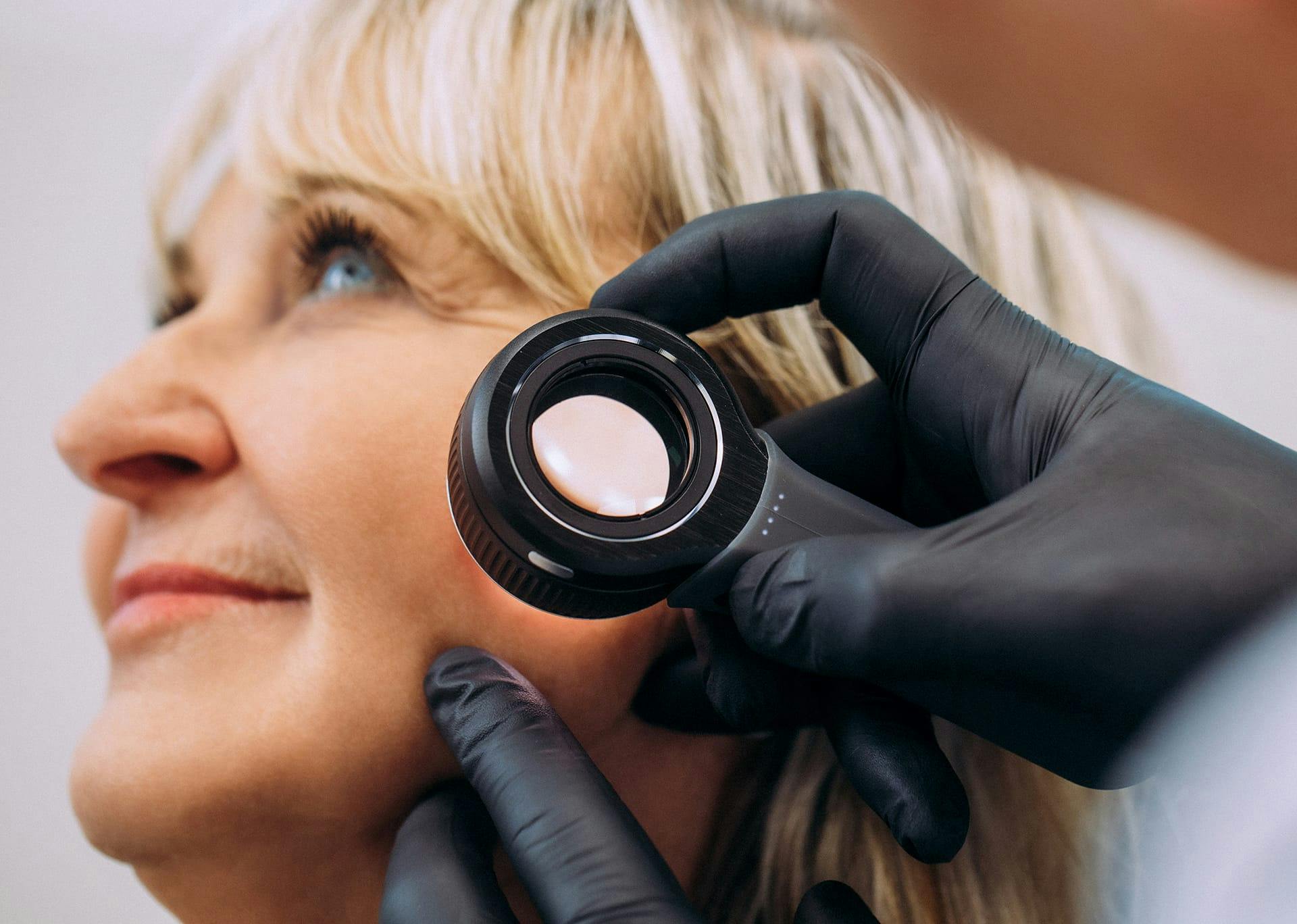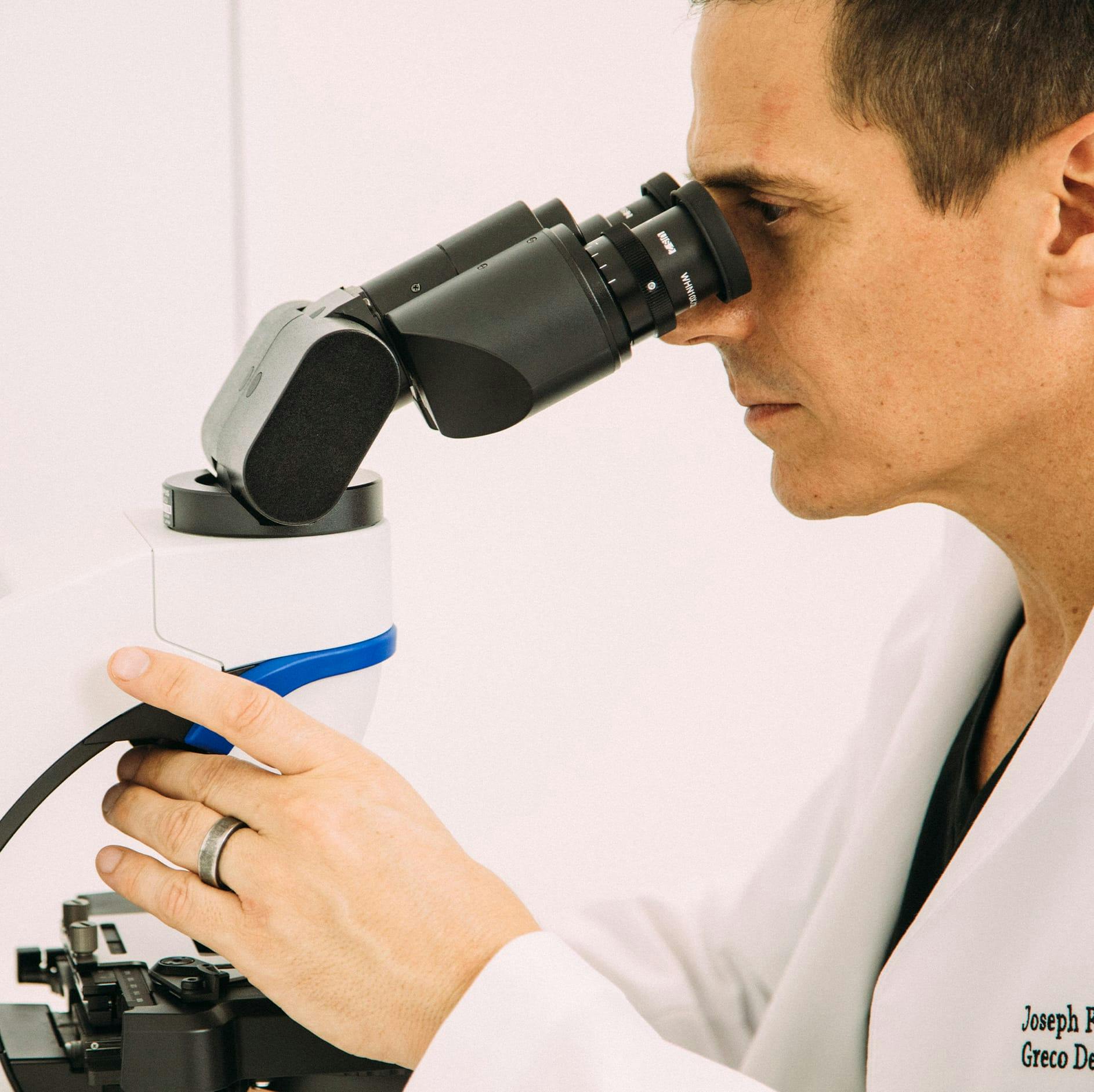A skin biopsy is a test involving the removal and microscopic examination of any growth on the skin. The purpose is to make a diagnosis so that a treatment plan can be developed. We are pleased to offer this important service at our Sarasota clinic.
Urgent Lesion Visits
We have established urgent lesion visits at Greco Dermatology in Sarasota. This has been done so that you don’t have to wait long periods of time before your concerns are addressed in the office. We prioritize access for both you and your referring provider.








